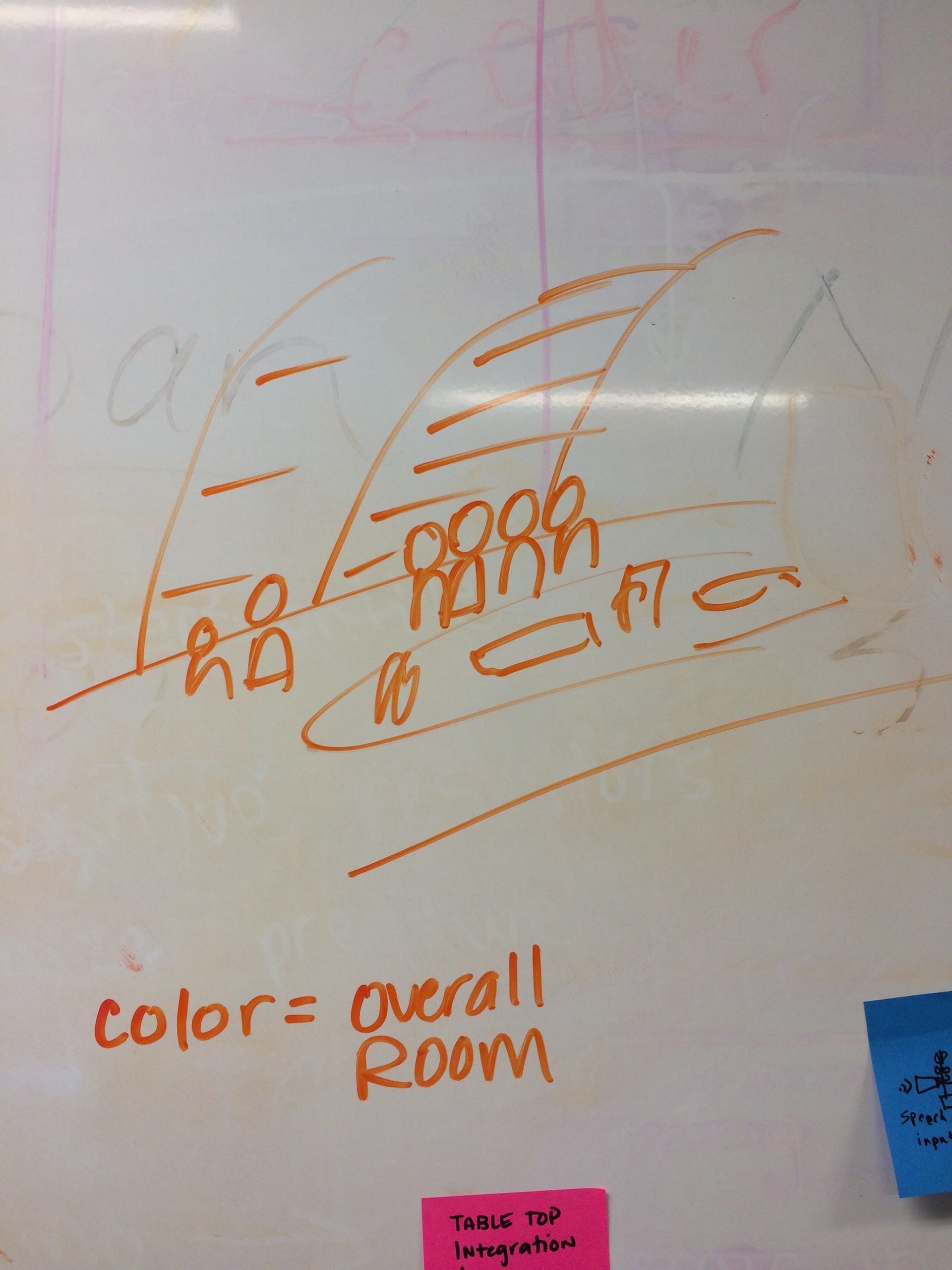Client: Phipps Conservatory, Pittsburgh
Team: 3 Interaction Designers
Mentors: Prof. Jake Marsico
My Role: Collaborated with 2 other team members and led the team to design interactive lighting concepts for Annual Winter Flower Show and Light Garden at Phipps, prototyped the lighting experience by making animations in Processing software and executed the animations with Arduino micro controller and Phillips Kinectics Light Bars
Duration: 4 Months- Fall 2017
background
The Winter Flower Show and Light Garden is Phipps Conservatory’s largest event of the year and draws over 120,000 visitors throughout its six week run. Phipps has recently installed a dynamic lighting installation in the Sunken Garden room and is seeking proposals for an interactive or reactive extension of the lighting system.
The goal of this project is to design and build a fully-functioning prototype for the room, demo that prototype for the organization’s director and install it on-site.
The goal of this project is to design and build a fully-functioning prototype for the room, demo that prototype for the organization’s director and install it on-site.
material required
• Cable Gland Joints
• Electronics Waterproof Casings
• Arduino Uno x 4
• Black Acrylic for Sensor Housing
• Electrical Wiring
• USB CAT5 Extension Cables
• 50 ft CAT5 Cables
• 2” Diameter PVC Coupling
• USB to Barrel Jack Cables
• Breadboards
• Gold Foil
• Bricks
• Makey-Makey
• Electronics Waterproof Casings
• Arduino Uno x 4
• Black Acrylic for Sensor Housing
• Electrical Wiring
• USB CAT5 Extension Cables
• 50 ft CAT5 Cables
• 2” Diameter PVC Coupling
• USB to Barrel Jack Cables
• Breadboards
• Gold Foil
• Bricks
• Makey-Makey
details
Jordyn Melino, the Exhibit Coordinator and lead designer of the Light Garden, provided us with two of the drawings they’ll be using to build the room. The first is the planting plan, which depicts all of the plants and locations for the room. Color is a major part of the show and the plants and decor will focus on reds and golds.
The second drawing depicts prop inspirations. The room’s theme will be one of a holiday feast, with props and plants that represent a holiday table setting.
Conceptualizing opportunity
brainstorming ideas:



design consideration
While there are full displays in the Sunken Garden room, this space is intended as a circulation area where people line up at the walls to see larger exhibitions in adjacent rooms. Therefore, the design enables visitors to tangibly interact with the wall since they will be spending the most time there. Quick, tiny interactions with the wall that profoundly affect the rhythm and color of lighting on the other side of the room can bring both sides of the line together and keep with the theme of holiday magic, warmth, and togetherness.


Using Interaction Design To Control The Foot Traffic In Sunken Room
Execution
We will place a mixture of active blocks (those marked by a holiday icon) and inactive blocks, so that we can fill both sides of the room and create a cohesive design that is inline with the decor. Visitors can then touch these bricks, which will affect the lighting in a section of the other side of the room. We wanted the interactions to be rather simple and make sure the room has active and passive settings. Keeping in mind what happens when no one interacts with the sensors.
Phipps being a popular destination, the Winter light show even more so, these bricks are designed to be robust and can be replaced easily. Our bricks are cheap and easy to build. The Gold leaf tiles will face a waterproof box that houses all of the electrical components needed. The gold leaf will be sealed and the boxes can be easily reproduced in case of wear and tear.
Patrons can control the lighting (i.e. color, pattern, etc.) on the other side of the room by using touch sensors hidden in the bricks. These touch sensors will have a whimsical, colorful look to them so that visitors are surprised when they look inside the gaps of the walls.
outcomes
• Enhance and augment the whimsical decorations of the room
• Intuitive interaction design enabled managing and directing an expected foot traffic of 120,000 visitors
• Entertain visitors as they queue up to pass through the next room




